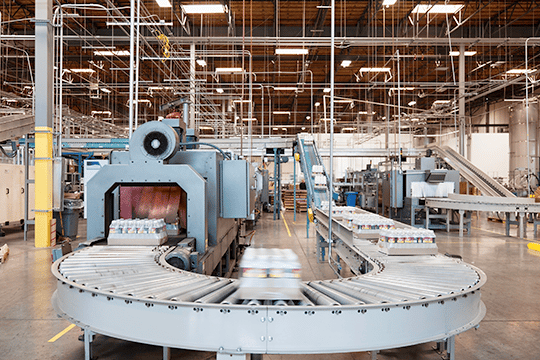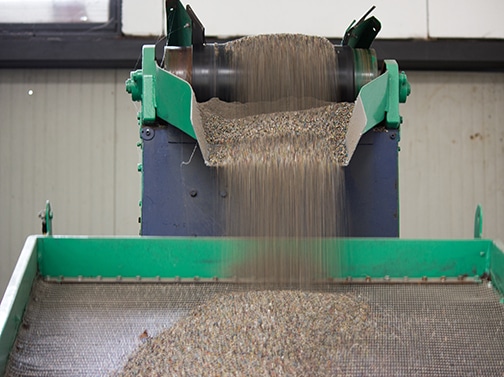Why plan for weighing system failure?
Weighing system failure seems like the last thing you would want to discuss when finding or developing a system to help you increase efficiency. However, in the production of custom software applications, a topic which doesn’t come up nearly as often as it should is: What happens when something goes wrong.
Most custom applications in our industry start as a specification which is given to a programmer. That specification is usually a collection of operator dialogs and sequences of operation. It describes what the system is supposed to do in order to correctly perform its design function. But specifications rarely bother to specify what to do when something unexpected happens, like a weighing system failure, and these infrequent events can become a real nightmare in practice.

Hardware Failure
Sometimes this even begins with hardware. If your system is supposed to fill a bag to its target weight from a hopper, what happens if the power fails or air pressure is lost? In the event of a weighing system failure, you probably do not want the valve to stay open overfilling the bag and emptying the hopper onto the shop floor, but it’s surprisingly common to find systems that will do exactly that. There are a variety of safety features that can prevent such a mishap, but you have to think of implementing them during weighing system development. Unless an application is particularly dangerous or costly, the specification probably won’t remind you.
Weighing System Failure Notification: Communication is Key
Software can make life easier or harder for both operators and maintenance technicians. If the operator fumbles a keypress and enters a bad setpoint into the weighing system, does the weight indicator display what was entered so he might notice that it is not what he intended? Will the system blindly go ahead and try to put 500 pounds of product in a 50 pound bag? Verification screens and sanity checks are often left out of the specification, but putting them in the program can prevent a lot of grief in the event of a weighing system failure.

Most automated systems follow a sequence of operations that causes new things to happen as various conditions are met. For example there may be a sensor which verifies that the scale empty valve is closed before the fill valve is opened, or the scale may wait for stability before recording the weight. But valves can jam and scales often “fail noisy,” so that they display weight but never report stability. Does the system let the operator know what it is waiting for? It’s very frustrating for both operators and maintenance technicians to be confronted with a weighing system failure during which the system simply stops working, with no indication as to why. Many hours of troubleshooting can be avoided by displaying a few status messages.
What happens if the scale completely fails and shows overcapacity in the middle of a process? Does it indicate a dangerous weighing system failure if the product flow stops, or if the weight changes too quickly? Application software has to check for conditions which might not happen very often but could indicate dangerous or costly failures when they do.
The Importance of “Graceful” Weighing System Failure
All of these examples suggest that software needs to “fail gracefully.” This means that it should not only anticipate what is supposed to happen next, but also those things that aren’t supposed to happen so that the resulting damage can be minimized and corrective measures streamlined. It sometimes happens that the difference between a costly hazmat cleanup and a brief service downtime is just a few lines of code. But to get those lines of code written, you have to think about not just what the weighing system is supposed to do when it’s working, but also what you want to happen in the event of a weighing system failure when things go wrong.
Interested in learning more about weighing systems? Read our other blog posts or view our videos:
What is a weighing system & how could it help you?
Ready to Increase Efficiency With a Weighing System?
The Michelli team can help you find the weighing system to fit your needs, or we can work together to design & create a custom weighing system in-house. Contact your nearest Michelli Weighing & Measurement location to speak to an expert about options today.
